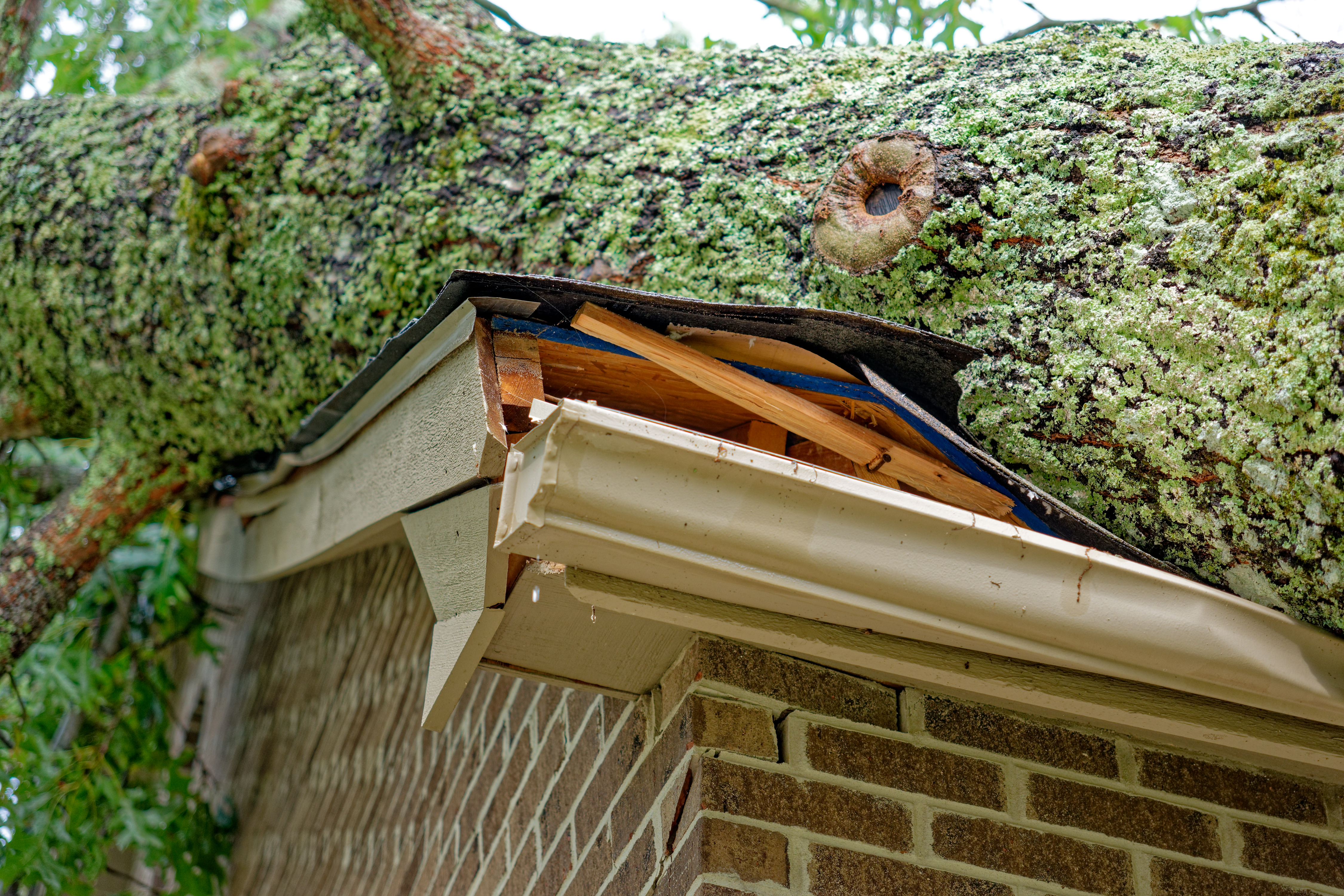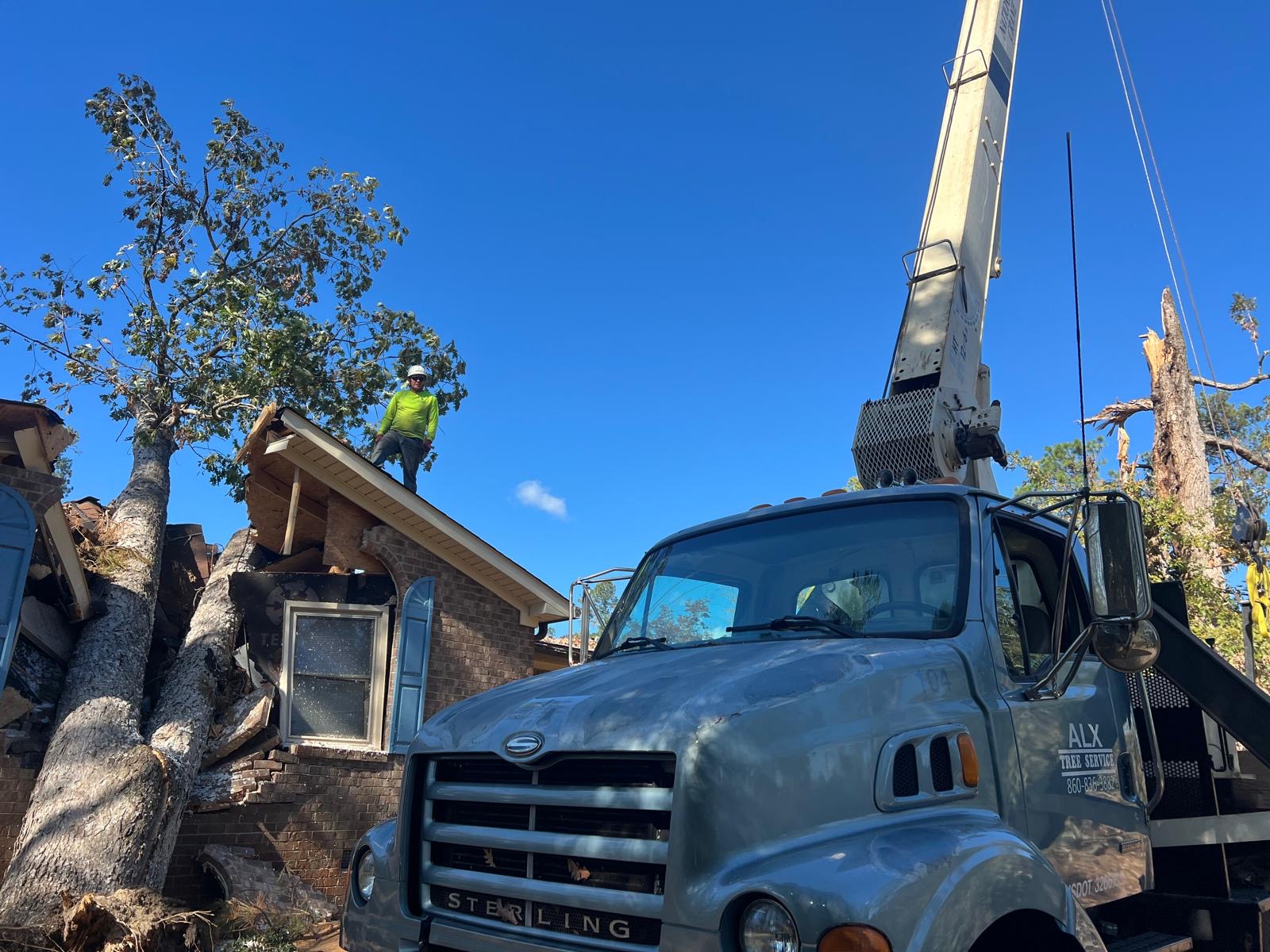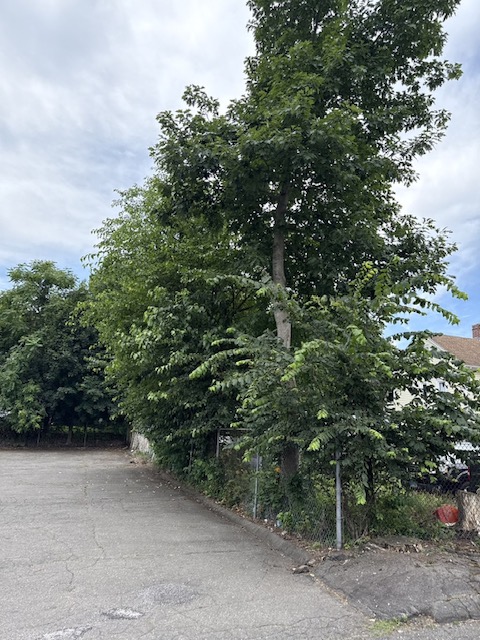The Process of Emergency Tree Removal
By Tree Emergency Expert
Tree Emergency Expert

Emergency tree removal is not like routine tree maintenance. It’s urgent, unpredictable, and requires skilled professionals to handle the job safely. Whether it’s blocking a road, threatening power lines, or crashing into a home, every situation demands precision and speed.
A single storm can bring down thousands of trees. According to the National Storm Damage Center, falling trees cause over $1 billion in property damage each year in the U.S. alone. When disaster strikes, fast action is critical. A fallen or dangerously leaning tree isn’t just an inconvenience—it’s a safety hazard.
Emergency tree removal is not like routine tree maintenance. It’s urgent, unpredictable, and requires skilled professionals to handle the job safely. Whether it’s blocking a road, threatening power lines, or crashing into a home, every situation demands precision and speed. So, what happens when you need an emergency tree removed? Let’s walk through the process.
Step 1: Assessing the Situation
Before any cutting begins, professionals must evaluate the scene. Safety is the top priority. A fallen tree could be tangled in power lines, resting against a weak structure, or unstable due to broken limbs. Removing it without a plan could cause more damage—or worse, injuries.
During the initial assessment, tree removal experts consider:
The tree’s position
– Is it leaning? Uprooted? Partially fallen?
Nearby hazards
– Power lines, homes, vehicles, and underground utilities.
Accessibility
– Can heavy equipment reach it, or is manual removal required?
Tree condition
– Is it decayed, split, or weakened by disease?
Once the risks are identified, a strategy is developed. In many cases, specialized equipment like cranes, bucket trucks, or winches is necessary to remove the tree safely.
Step 2: Securing the Area
Tree removal isn't just about cutting. It's about controlling the fall to prevent further damage. Before work starts, professionals establish a safe perimeter. Roads may be blocked off, power companies may be contacted, and bystanders are kept at a safe distance.
If the tree is on a home, the removal team takes extra precautions to prevent structural collapse. Temporary supports, strategic cuts, and careful rigging all help control how the tree is removed, piece by piece.
Step 3: Cutting and Removing the Tree
With a plan in place and the area secured, the real work begins. Depending on the situation, the removal process may involve:
Cranes and Rigging
– When a tree is too large or dangerously positioned, a crane may be used to lift sections away instead of letting them fall.
Chainsaw Work
– If possible, professionals start by removing small limbs before tackling larger sections.
Directional Felling
– In cases where a tree can be cut at the base, precise cuts ensure it falls in a safe direction.
Every step is calculated. Each cut is made with precision to prevent sudden shifts or unexpected movement.
Step 4: Stump Removal (If Needed)
Once the tree is gone, the stump remains. Some homeowners choose to leave it, while others prefer complete removal. Stump grinding is the most effective method, turning the stump into mulch and eliminating tripping hazards.
Step 5: Cleanup and Damage Control
A fallen tree can leave a mess—branches, sawdust, and sometimes major property damage. A professional tree removal service doesn’t just cut and leave. They handle:
Debris Removal
– Logs, branches, and leaves are hauled away or repurposed.
Minor Repairs
– Some teams assist with temporary fixes, like tarping a damaged roof.
Safety Checks
– Ensuring no remaining limbs pose a future risk.
When to Call for Emergency Tree Removal
Some situations require immediate action. If you notice any of the following, don’t wait:
A tree has fallen on a house, car, or power lines.
A tree is leaning dangerously after a storm.
Cracks or splits are visible in the trunk or major branches.
Tree roots are lifting from the ground.
A partially fallen tree is suspended in another tree.
Final Thoughts: Act Fast, Stay Safe
Emergency tree removal is not a DIY job. The risks are too high, and improper removal can cause more harm than good. If you’re dealing with a fallen or hazardous tree, call professionals who can handle it safely and efficiently.
Time matters. The sooner a dangerous tree is removed, the less risk there is to your property and safety. If you ever find yourself in need, don’t hesitate—call an expert and get the job done right!
Share this article:
Related Articles

How Advanced Equipment Speeds Up Emergency Tree Removal
When a tree crashes through your roof or takes out a power line, you don’t have time for delays. You need answers. Fast. And more importantly, you need a crew with the right tools—not just a chainsaw and a pickup. At 1 Tree Emergency, we specialize in high-stakes, high-speed tree removals. What sets us apart? We come equipped. Literally. With advanced equipment like spider lifts, cranes, grapple saws, and remote-controlled rigs, we can tackle dangerous removals faster, cleaner, and without causing more damage to your property.

Is a Leaning Tree an Emergency? Signs It’s About to Fall
A leaning tree can be nothing. Or it can be an imminent, 10,000-pound disaster. And knowing the difference? That can save you thousands of dollars—or your roof.

How Straight-Line Winds in Media, PA Create Hidden Tree Hazards
Straight-line winds aren’t tornadoes. But they pack the same destructive punch. These winds, often part of fast-moving thunderstorms called derechos, blast in one direction—hard and fast. Speeds regularly hit 60 to 100 mph.
Need Emergency Tree Service?
Our team of certified arborists is available 24/7 to handle any tree emergency.